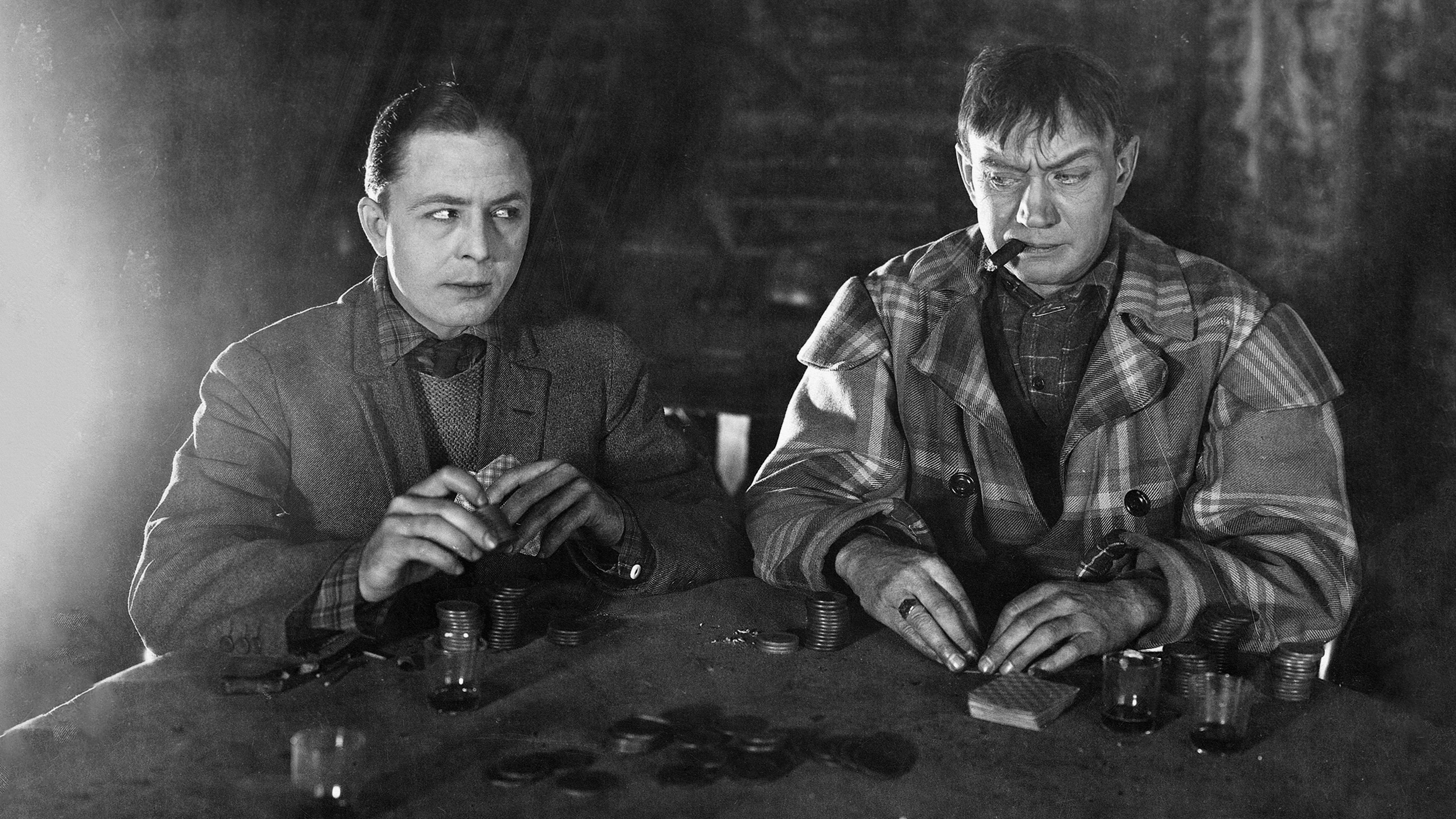You No Sierra Leone!

Our hyper efficient, always on modern lives don’t often account very well for those who are sick and shut in. Last week, though, I found myself going back to my roots as we visited with a family friend who has recently suffered from a stroke.
There is no frenzy in a hospital on Sunday afternoons, especially if they serve mainly as rehabilitation facilities. Pumps pump. Electric cooling fan blades whir. Sophisticated machinery sport antiseptically white enamel paint jobs and dull white plastic cladding. There is a skeleton crew of doctors wandering the premises. The nurses, for a change, are relaxed.
We filed into the patient’s hospital room, but she had already reached her limit on the number of visitors she could have. We decamped to a visitor’s lobby, the four of us trudging softly behind our friend’s wheelchair as her husband pushed her down the long hallway.
The five of us had barely made it to the visitor’s lobby when another group of people filed in behind a man pushing a middle aged male patient. Despite the size of our two groups, we were all able to make ourselves comfortable pretty quickly. Then the chatter with each group began, the way it usually does at times like this, with a tentative, unspoken acknowledgement that the two people sitting in the wheel chairs were lucky to be alive.
And then at once the blizzard of words came, reminiscences, admonishments, jokes, stories, tall tales, and laughter. Our group displayed a catalogue of Southern dialects, with a sprinkling of Jamaican patois. It wasn’t until I had quit staring at the stiff curl in the fingers of our friend’s motionless right hand that I realized the group on the other side of the room was speaking mostly in a language other than English.
I couldn’t place it. From just a few seconds of listening to the gusto behind their incantations, it was obvious they were from the African continent. But which country?
My group decided to go outside. I was during our departure that I introduced myself to a woman standing next to the man slumped the wheelchair. My question “where are you from?” was met with a look of suspicion, at least until I explained to the woman that she and her group reminded me of my own family back home.
“We are from Nigeria,” she said.
“Well, I’m actually from South Carolina,” I said. “But my ancestors are probably from Sierra Leone.”
The woman and the other visitors in her group nodded their heads. The man slumped in the wheelchair sat up straight, eyeing me from head to toe. “You no Sierra Leone! You Nigerian!”
The group started laughing.
“You know, you could be right,” I admitted to the man in the wheelchair. There was no hard evidence linking my forebears to the West African country that was the origin of so many slaves brought to America.
Hard working scientists have been able to trace genetically, through mitochondrial DNA studies of African American and African genomes, the same thing the man in the wheelchair discerned just by taking a good long look at me.
Africa is the most genetically diverse continent. A fine subdivision of African mtDNA lineages provides a powerful source of phylogeographic information: major regions of the continent display markedly different frequencies of the continent-specific mtDNA clades, or haplogroups (fig. 1a). However, the first point to make from this enhanced data set is the obvious similarity of the haplogroup frequency profiles of West Africa, west-central Africa, and southwestern Africa in comparison with the other major regions of the continent.
Although there are certain differences (which become more obvious in a finer classification of the lineages than at the gross haplogroup level), these regions display a broad similarity to each other, with most of the major haplogroups showing a gradient through the three regions, with (unsurprisingly) a much closer similarity of west-central and southwestern Africa compared with West Africa.
The African American mtDNA sample from the United States is striking for its strong resemblance to the mtDNA composition of all three of these regions (fig. 1b).





